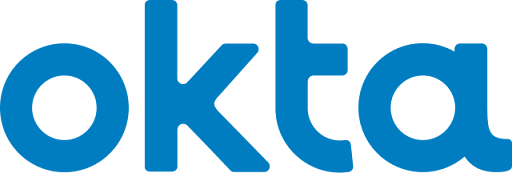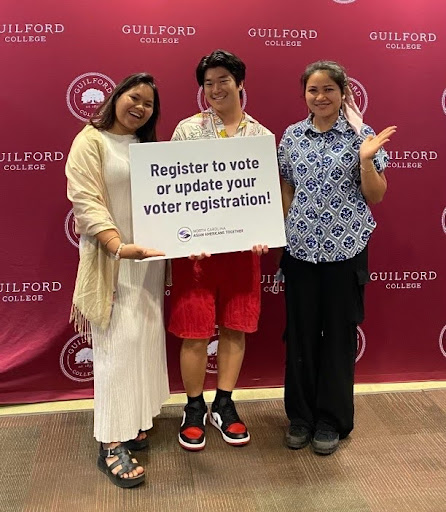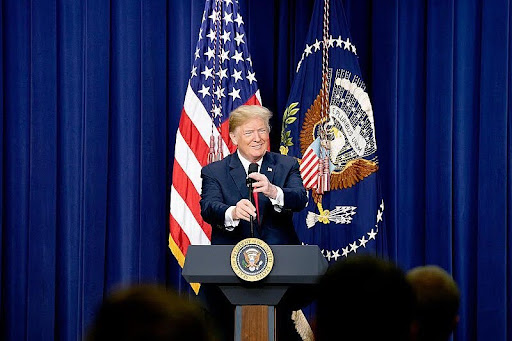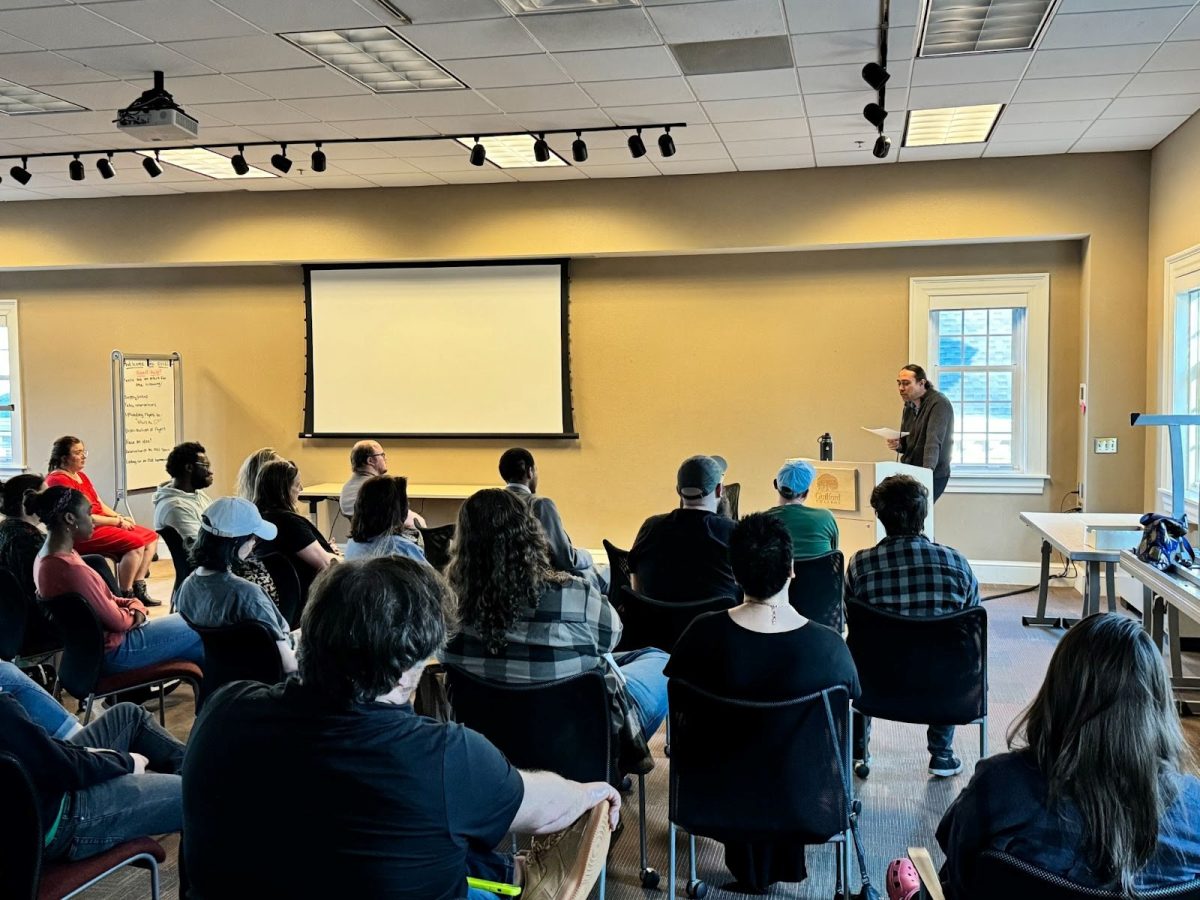“Right now, we are simply calling for the powers that be (the Guilford College Administration) to release all the data on Guilford’s investments by March 30th, 2016,” states the FAQ for the Concerned Alums for Guilford Facebook page. “Then, when we have the full picture and most recent data, we can begin to make an informed decision about what needs to happen going forward.”
The Concerned Alums for Guilford are a group of seven alumni who wrote a letter addressed to President Jane Fernandes, asking for transparency regarding how the College’s endowment funds were being invested. They have asked people to boycott Guilford’s annual giving season until Guilford’s administration divulges how the endowment is invested.
While the endowment is a separate stream of money from the money collected on Day for Guilford, the Concerned Alums for Guilford felt that by withholding their donations, they would receive a response.
“We are inspired by the core value of stewardship, which highlights the responsibility we hold as Guilford Alums to preserve the integrity of Guilford’s justice-centered footprint as far as financial investments are concerned,” said the letter.
This demand came about when rumors that the College’s endowment was still being invested in sectors not in line with Guilford’s core values, such as prison stocks, fossil fuels and support to Israel emerged.
“We are delighted to share the investments we make with our endowment,” said Fernandes in a response to these demands. “These have never been withheld or hidden.”
The response also included a list of funds that Guilford had invested in.
“The energy stock that (Guilford College) owns is a non-fossil fuel (green) energy company,” said Len Sippel, vice president for administration and finance. “We do, however, own a large cap index fund that replicates the market and that fund invests in the energy sector (both fossil and green).”
According to Concerned Alums for Guilford, an escrow account would be formed where the money initially intended for donation would be placed until the information regarding the endowment was made public. However, “if the College is unable to meet that deadline, than the money in the escrow fund will be donated to Guilford when they commit to a specific timetable for divestment.”
However, some see this boycott as ineffective for change.
“Boycotting the #DayForGuilford is like boycotting a lacrosse game when you are really upset with the football team,” said Fernandes. “It’s the wrong field, players, coaches and budget.”
However, the Guilford administration has released a letter divulging their investments and agreed to form a Socially Responsible Investment Committee by the end of the academic year. Guilford has also began proactive talks regarding endowment.
“The information that the seven alumni demanded probably could have been obtained through a direct ask to Jane without threatening a boycott,” said Board Alumni member Katherine Cummings ’83.
Though many also saw the boycott as a necessary method for the Guilford administration to address alumni’s concerns.
“While our tactics are constantly critiqued by those in power, the series of events following our initial steps show that they are, if nothing else, effective,” said Samir Hazboun ’15, member of the Alumni Association Board and Concerned Alums for Guilford organizer.






